One of the easiest ways to add an eclectic, bohemian flair to your apartment’s decor is by mixing prints and patterns. From the living room to the bedroom, these designer-inspired tips and tricks will show you how to properly incorporate multiple patterns without going overboard.
- Think in threes. Many designers agree that odd numbers of design elements, particularly threes, have a positive impact in a room. When you’re choosing how many patterns to use in your throw pillows or gallery walls, keep this rule in mind.
- Choose a base color. Instead of mixing prints without a plan, start by choosing one main color to tie them all together. If you know that all of your patterns should incorporate the same shade of orange, for example, you can be sure that they’ll clash in stylish way.
- Mix sizes. Instead of mixing similar sized patterns, such as multiple oriental rugs or too many delicate stripes, try to use various sizes. Think one small gingham pattern with one large, bold paisley print.
- Combine eras. To avoid making your home look dated, combine vintage prints with something modern and geometric.
- Take a step back. Like with any decorating endeavor, it always helps to take a step back and check out your work to see how things look together.
Mix Patterns Like a Pro [HGTV]
Mix and Match 101 [House Beautiful]
How to Mix Patterns in Your Home [Real Simple]



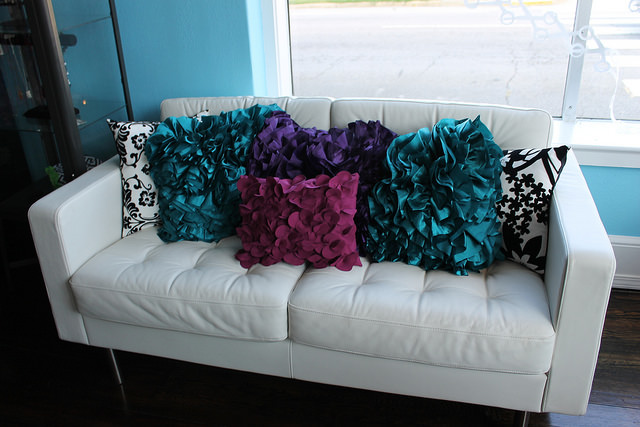

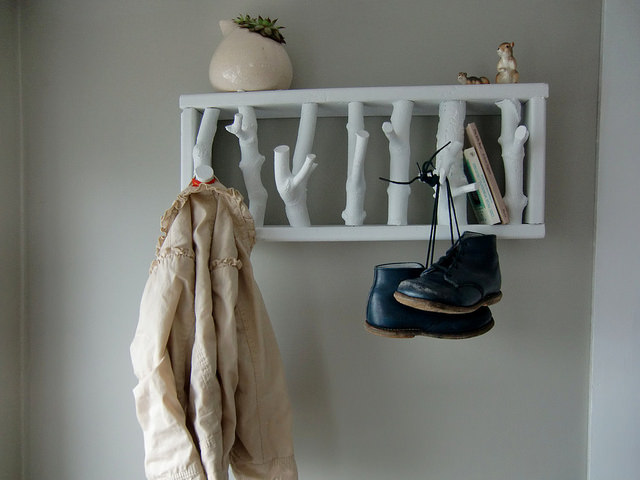

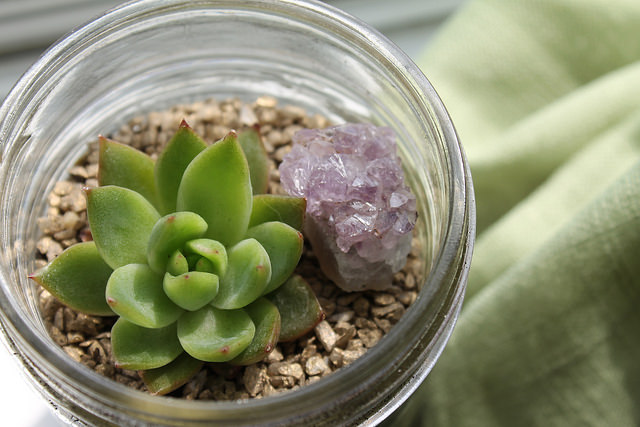
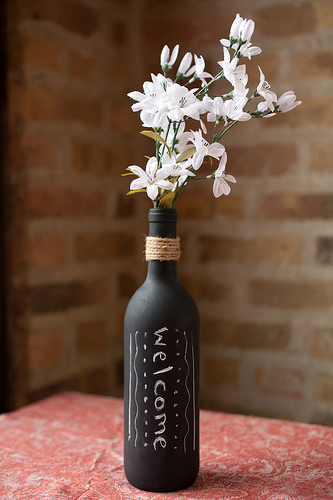
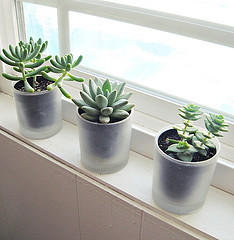


 Equal Housing Opportunity
Equal Housing Opportunity